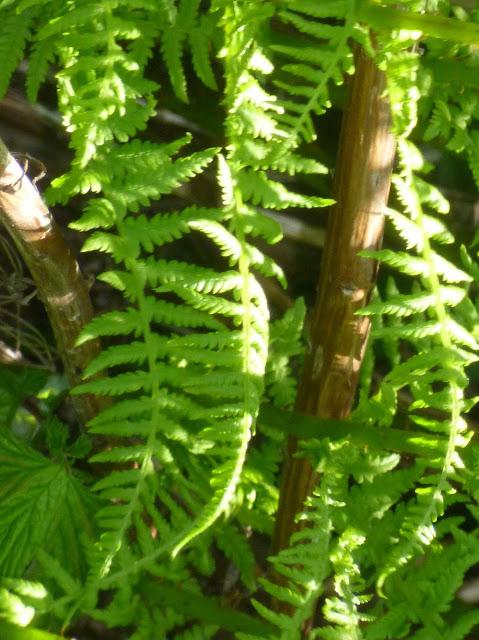Here’s a small prose piece I wrote about hares a couple of years back. I’m neither good nor lucky enough with a camera to actually take a photo of a hare, so this shot of the landscape hereabouts will have to do.
Hare Country
A damp grey Sunday at the back end of May – dreich and windless. Good weather for a bike ride. I took the Auchinlay Road that rises from the centre of Dunblane into the farmlands of South Perthshire. The rain felt cool on my hands and face as the road steepened past fields of bedraggled sheep, cattle and horses but it was a stiff climb all the same. Tough on the thighs. At the crest of the hill, a couple of miles out of Dunblane, I leant the bike on a rusty gate and took a swig of water from my bottle. I deserved a break.
To the east the fields fell away to the wooded banks of the Allanwater, then rose again towards the rain-drenched humps of the Ochils. To the North and West the land climbed slowly through tracts of pasture and conifer plantation to the foothills of the Trossachs but clouds hid the summits. This wasn’t a day for views. I thought about moving on but a blur of movement at the far end of the field took my eye. Hares.
It’s all too easy to fall for hares. They’re the superstars of folklore. According to a medieval Christian myth the brown hare is the troublesome animal form of a shape-shifted witch, ready to suck the blood from a cow, or even a woman. The Pagan mind thought differently, associating the hare with cycles of the moon and fertility rites. Hares were sacrificed to Aphrodite, the Greek goddess of love and beauty, while Freya, her counterpart in Norse mythology, was believed to revel in the company of attendant hares. The hare isn’t just wild; it’s ambiguous, magical, erotic. But you don’t have to have read the myths to appreciate the animal. The sheer athletic grace of a hare in motion is enough. All that pent-up exuberant power makes them utterly different from rabbits. If you’re out walking in the country and glimpse what seems to be a patch of animated grass in the distance, clap your hands. Rabbits scurry; hares run. Eight pounds of muscle, sinew, blood and bone devoted to nothing but speed. But today I didn’t need to clap my hands to realise I was seeing hares. I just knew.
Then one of the hares saw me. It was larger than the rest, probably a mother guarding her leverets. In a second she vanished into the straggly grass. Typical hare behaviour, I thought: see a man and dash for cover. But this one was different. A minute later she came lolloping up some tractor ruts straight towards the gate. She stopped a few yards away and just stared. Long and hard. I can’t say I felt scared exactly but I was thrown off balance. She seemed to be sizing me up.
According to the Book of Genesis ‘man’, in the shape of Adam, is supposed exercise his authority over ‘every beast of the field and every fowl of the air’ by naming the animals, but I had the uncanny sense that this hare was naming me. And the names she was giving me were intruder, stranger, man. I thought about banging on the gate just to show who was supposed to be in charge but suddenly she broke off her stare and disappeared over the brow of a hillock.
I breathed a long, slow breath. This was how hares were supposed to behave - nervy, elusive. But then she returned. She stopped even closer to the gate. Again that stare. I wouldn’t count myself a ‘believer’ but I felt a sort of compulsion to fill Adam’s shoes. So I locked my gaze to hers - or at least I tried to. It didn’t do any good. Those eyes were too dark, too still. No wonder people once believed that hares slept with their eyes open; they seem to carry the night inside them. The hare edged closer to the gate. Once again I had the feeling that I was being named, accused, found out.
I gave up and glanced at the sky. The drizzle had strengthened to a steady spring shower, but my throat felt stone-dry. The hare seemed to sense her victory and began to nibble at a tuft of clover. I took a few hurried gulps from my bottle, got back on the bike and began pedalling downhill towards the village of Kinbuck on the banks of the Allanwater.
When I looked over my shoulder the hares had gone.






